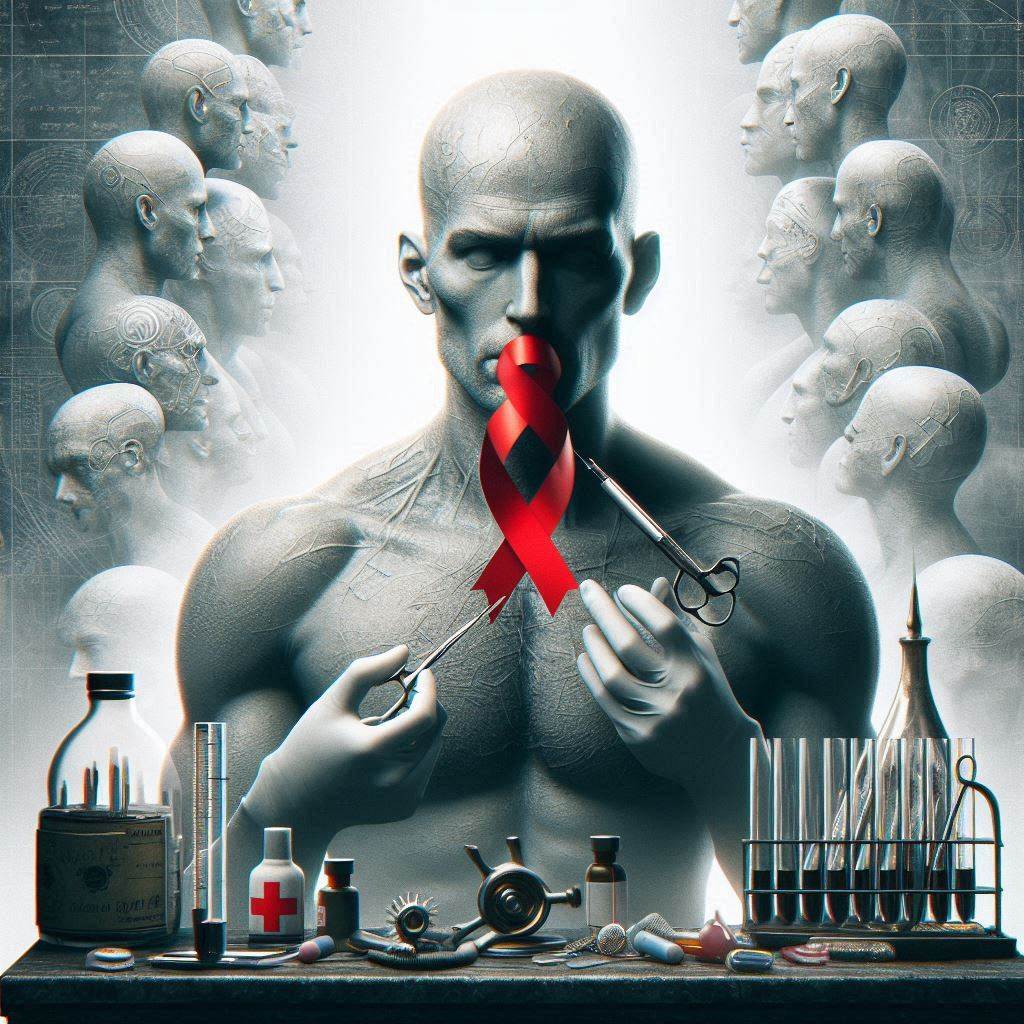Imagine a detective story where the crime has no single culprit, no clear motive, and the evidence is scattered across decades and continents. In the case of HIV/AIDS, one of the most haunting questions has always been: Who brought the virus to the world’s attention? For years, one man was cast in the spotlight—blamed, misunderstood, even demonized. This figure became known as Patient Zero. But the deeper we dig into his story, the clearer the truth becomes: this isn’t just a tale about one man—it’s about where did AIDS come from, and how myths can spread faster than viruses.

Who Was “Patient Zero”?
The name most often associated with Patient Zero AIDS is Gaëtan Dugas, a Canadian flight attendant who died of AIDS in 1984. In Randy Shilts’ 1987 book And the Band Played On, Dugas was portrayed as a sexually active man who allegedly had numerous partners across North America, potentially spreading HIV in its early days. The book suggested that Dugas may have been the source—or at least the main transmitter—of the virus in the United States.
This sensational narrative stuck. The idea of a single “villain” was easy to digest, especially during a time of fear, confusion, and stigma. But was it true?
A Case of Mistaken Identity
Here’s where the twist comes in. The term “Patient Zero” itself was born from a misreading of medical data. state where most early AIDS cases were reported. But somewhere along the line, the “O” was interpreted as a zero—turning him into Patient 0, the so-called origin.
This simple clerical error birthed a powerful myth. As mentioned in earlier findings, people like Robert Rayford had died from HIV-related illnesses years before Dugas showed symptoms.
Science Sets the Record Straight
The findings revealed that HIV had already been circulating in the U.S. as early as 1971, long before Dugas was diagnosed.
from the Caribbean, not directly from Africa, as earlier theories suggested. Dugas was just one of many people infected during the early stages of the epidemic—he was neither the first nor the origin.

Why the Myth Lingers
So, why did the Patient Zero AIDS story take hold so powerfully? Part of it lies in human nature. We crave clear stories, with heroes and villains. In the 1980s, fear of AIDS was widespread, and the disease was misunderstood. Casting Dugas as a reckless transmitter gave the public someone to blame, especially at a time when homophobia was rampant and the gay community was unfairly targeted.
But this scapegoating wasn’t just false—it was dangerous. It distracted from the real question: Where did AIDS come from, and how was it spreading undetected for so long?
A Virus Without a Villain
The true story of HIV’s emergence is far more complex. It spread slowly, invisibly, through growing cities and transportation networks. There was no single moment of ignition—just a slow, steady burn.
He helped researchers understand the virus by openly sharing his sexual history—a rare act of honesty in a time of stigma. Ironically, the man accused of being the cause may have actually aided in early detection.
Let the Truth Heal
The Patient Zero AIDS narrative may be compelling, but it’s largely fiction. By exposing the myth, we refocus the conversation on what truly matters: the science, the early spread, and the ongoing question of where did AIDS come from. Instead of blaming individuals, we must learn from the past—about misinformation, stigma, and the need for global health awareness.
In the end, AIDS didn’t begin with a person—it began with a virus crossing species, finding pathways, and exploiting silence. It’s a reminder that truth matters, especially when lives are at stake.


